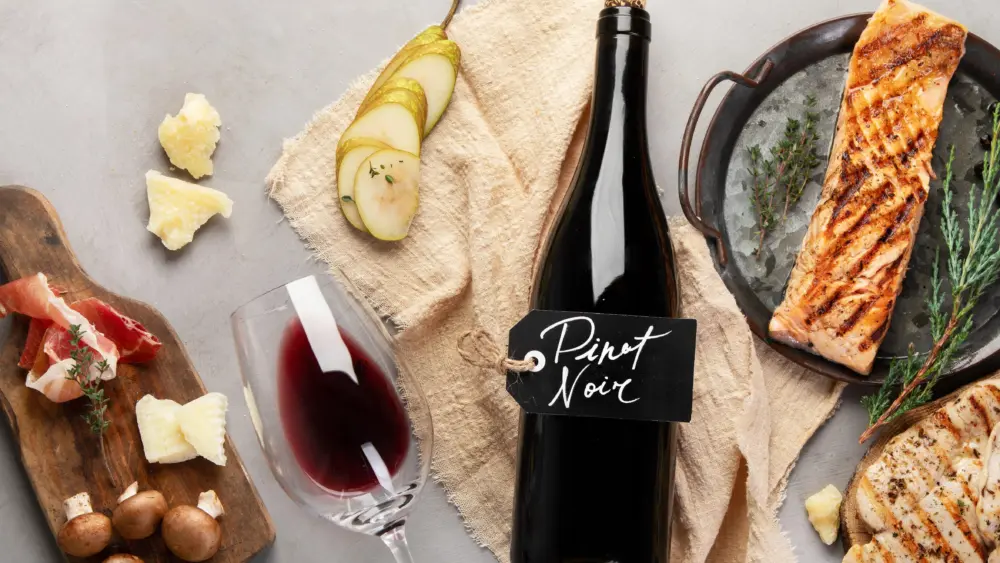Wine consumption will continue to flatten as some key consumers shift toward cannabis as their go-to relaxant option.
The reasons to open a bottle of wine are many: the taste, its deep historical-cultural context or how a sip can often transform a mundane meal into a palate-pleasing positive experience. Or, perhaps you and your partner have cellared a case of your favorite wine from the year you were married, or the vintage of your children’s births. In these cases, there is really no alternative to wine. However, if you are having a glass of wine to relax and unwind after a long day at the office, or if you’ve joined your cadre of companions for a social event, then cannabis is a viable option.
Cannabis is sort of legal
Ten states—including California—now allow adults to use marijuana recreationally, and 33 other states allow medical use, whereas only three states prohibit the use of cannabis for any use. The federal government, however, considers cannabis as a Schedule I substance defined under the Controlled Substance Act, lumping cannabis with heroin and cocaine, which have the high potential for abuse with no accepted medical use. This conflict between federal and state laws has caused many potential investors and users to pause, fearing that if they grow, produce or consume cannabis products they won’t be eligible for many opportunities regulated by the feds, such as restrictions in banking, or taking a position as a school-bus driver.
An increasingly green future
Even with the semi-legal status of pot, estimates are that the U.S. cannabis market will grow from its current $10 billion market into a $50 billion market within 10 years. To put that in perspective, the current wine market is less than $40 billion, and the fast-food chain McDonald’s makes less than $8 billion per year in the United States. With such a whopping financial incentive the opportunity is just too big to pass up for many, with the earliest entrants at the highest risk but also poised to reap the biggest gains. Take for example Constellation Brands, the second-largest wine and beer company in the United States, which recently purchased a stake in Canopy Growth Corp., a cannabis producer in Ontario, Canada. Or, the local vintner Coppola, who launched a branded cannabis product with more to follow.
Winegrape growers, too, will be tempted. Estimates now hover at the $1 million-per-acre range for cannabis. Expect this number to fall, but it’s tough to imagine it will ever reach a number equivalent to grape production. Even high-priced Napa Valley Cabernet Sauvignon can’t come close. The 2018 average price per ton for NV Cabernet was $7,853, which was an impressive 5.2 percent increase from 2017. If you are a grower and your plot of 10 acres of Cab vines produced 40 tons (probably more like 20 at those prices, but let’s be generous here), using the average price you’d bring in $314,120. Plant the same plot in pot and you could bring in $10 million. Even if the price for weed dropped significantly, you’d still make more growing pot than you would growing some of the most expensive wine grapes on the planet.
Wine producers and growers are watching, preparing and waiting as consumers dip their toes into the bong water.
Presently, 60 percent of wine purchases in the U.S. are made by women, many of whom are within the Millennial generational cohort (born between 1980 and 1994). A recent study conducted by Monocle Research in association with OutCo, a Southern California-based cannabis company, showed 51 percent of Millennials would replace alcohol with weed. The study found that 34 percent of Millennials said they’d substitute pot over beer, 18 percent picked cannabis over wine and 14 percent swapped spirits for pot. To put this in perspective, 20 percent of Gen Xers (born approximately between 1965 and 1979) and 8 percent of Baby Boomers (born approximately from 1946 to 1964) would drop their glass of ethanol-based libations for marijuana.
Health, calories and flexibility of use
A recent Yahoo News/Marist Poll showed 72 percent of consumers believe marijuana is a safer alternative compared to alcohol. Whereas a glass of wine can have 100 to 300 calories cannabis has zero, and according to a report by Rabobank, studies show marijuana use is correlated with a lower body-mass index. And because cannabis oil can be added to nearly anything (food, mocktail, dropped under the tongue, etc.) or taken from a quick draw off an inconspicuous vape pen, users have quick access to relaxants that are easy, flexible and–they believe–safe.
Cannabis will grow in consumption and economic viability. At this time, the laws preclude the mixing of wine and cannabis into a single product, so many within the wine industry are looking to diversify into pot, whereas others are preparing to brace for the anticipated impact. For consumers, the expansion of options within the relaxant market will grow, but it’s hard to imagine that pot will ever displace fine wine enjoyed around the dinner table or cellared away for a future celebration.
Author
-

Tim Carl lives, writes and teaches in Calistoga. He grew up in St. Helena and traces his Calistoga grape-growing roots back five generations. You can reach him at tcarl@northbaybiz.com.
View all posts



